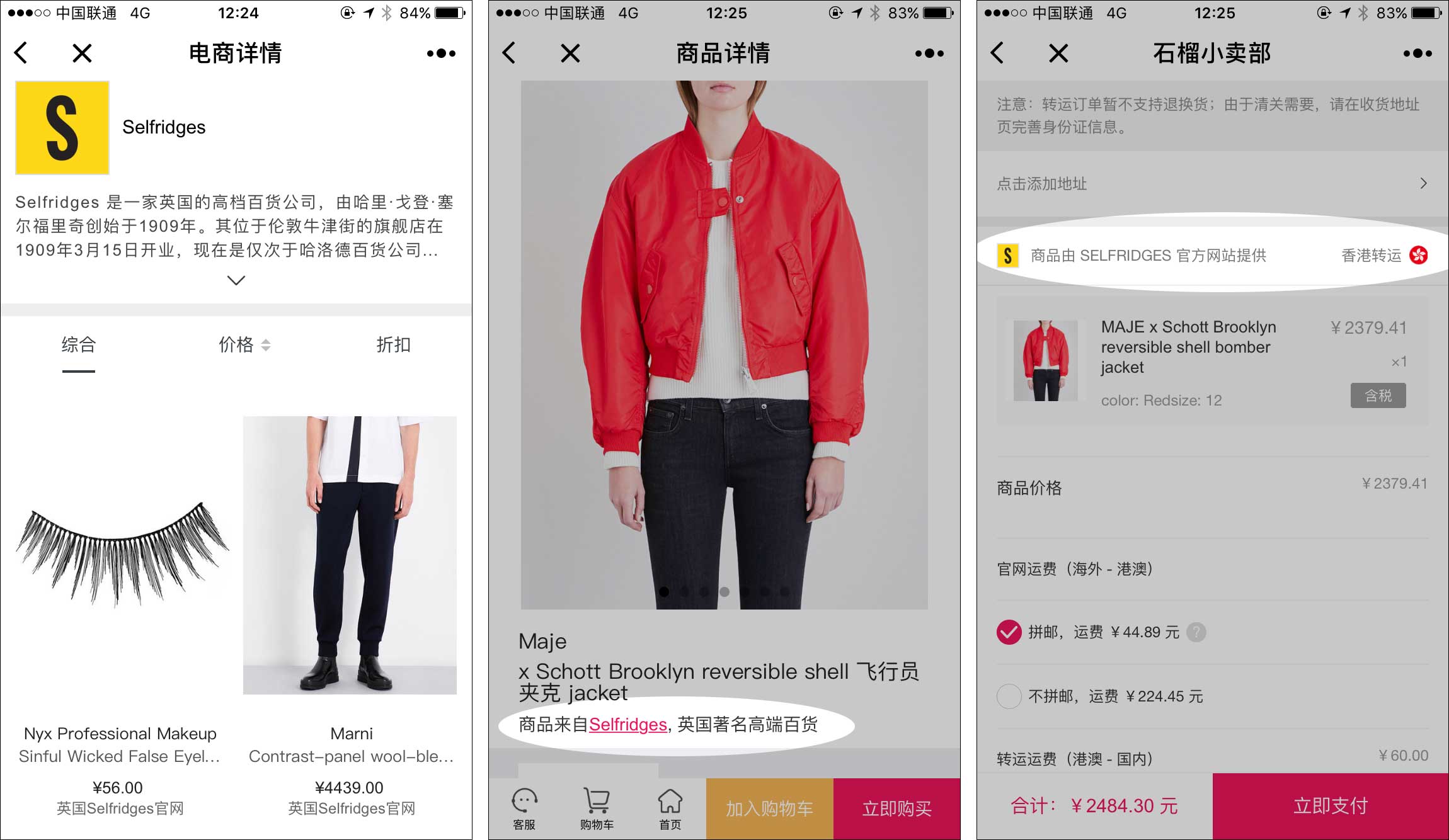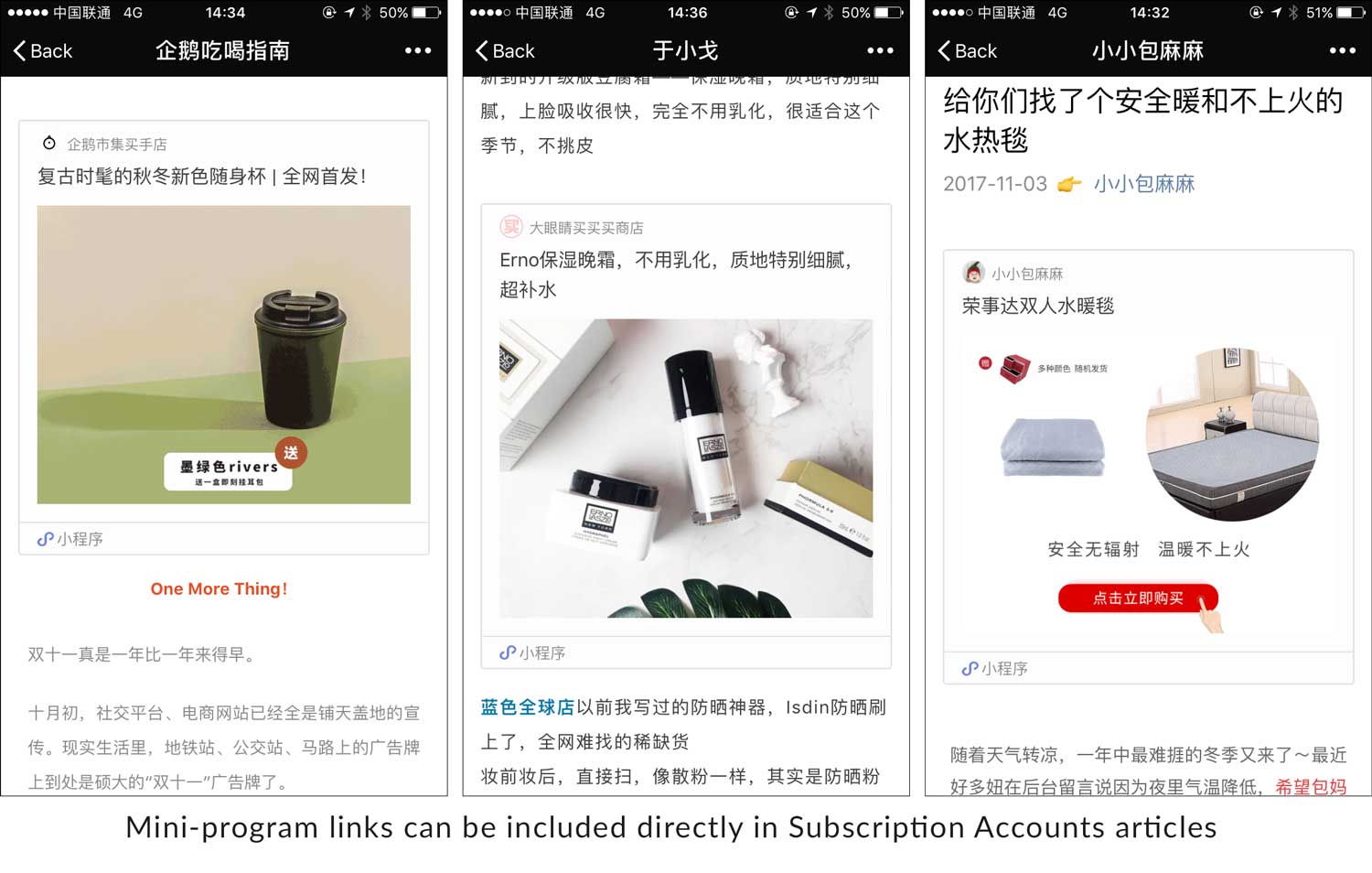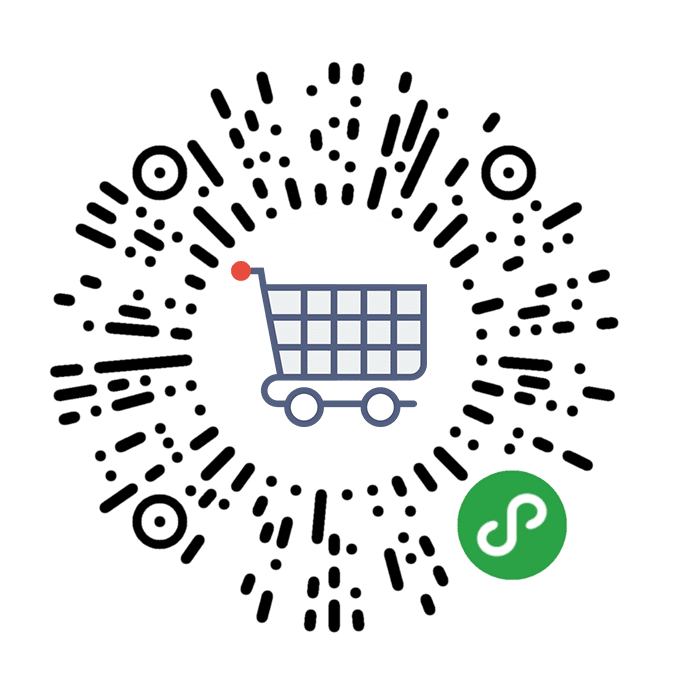I have been a long opponents of mini-programs, going out of my way to explain why they are complete crap.
However, several very large WeChat KOL have recently been leveraging mini-programs, infusing new hope into a re-birth of the newest WeChat innovation. Let’s look into them!
Shiliu Po (石榴婆报告) booming mini-program
Shiliu Po is an extremely successful WeChat fashion KOL, with over a million followers, 90% of which are women.
In August, Shiliu Po launched their mini-program. Here are a few figures about the launch:
- The mini-program had more than 100,000 page-views within the first hour
- The article promoting the mini-program exceeded 100,000+ views
- The mini-program reportedly took only 3 weeks to build (much faster than would be required for a native App)
Focus on cross-border
The way Shiliu Po is sourcing products is also interesting: the account is explicitly selling items from other outlets such as Selfridges, Net-a-Porter or Shopbop. Most of these products are sold cross-border, and often shipped from Hong Kong.

Shiliu Po is therefore really leveraging the power of WeChat commerce, by combining the strong audience of WeChat KOL with some unique, foreign brand products shipped via Hong Kong.
YuXiaoGe’s (于小戈) multiple mini-programs
E-commerce is not the only way you can leverage mini-programs. Many Key Opinion Leaders developed several mini-programs: one for content/community and one for e-commerce.
That’s the path chosen by YuXiaoGe.
Actually, their team went even beyond, creating 3 mini-programs:
- One content-driven mini-program developed through their in-house team
- One local e-commerce mini-program built through a third-pary development team
- Another cross-border e-commerce mini-program selling only products from outside China

Yu XiaoGe says that they are quite satisfied with the metrics they see so far:
- Open rates are much higher than what they used to see from “Read more” button (which only got about 1% conversion rate)
- Only 32% of the mini-program traffic comes from the WeChat Official Account. 20% comes from QR code scans, and the main source of traffic is actually re-shares. This shows a healthy level of engagement from users
And the results are there:
- The content mini-program has over 1.2 million users
- Their e-commerce mini-programs have 230,000 users, generating 30,000 to 50,000 daily page views
- In October 2017, their mini-programs generated 9.3 million RMB of sales. They hope to reach 10 million RMB of sales during the sole week of 11.11.
A broader mini-programs trend
These are only a few examples out of a broader trend. One of the top KOL selling childcare products, XiaoXiaoBao Mama (小小包妈妈, which we have covered in our previous articles and has since raised to 50 million RMB of monthly sales) also launched its mini-program.
So did NuShenJinHuaLun (女神进化论), a popular fashion and cosmetics KOL, and Lady Penguin (企鹅和猫, a wine subscription KOL). Most of these mini-programs were developed in-house or by agencies, although some KOL (such as Lady Penguin) started to use off-the-shelf solutions such as Youzan mini-program stores.
Why this Mini Program trend?
There is a simple explanation to that. Most of WeChat KOL are subscription accounts, and can cannot input hyperlinks into their articles. They therefore have to resort to using the “Read more” button of the article to link to external websites and e-commerce, which has very low click-through rate.
WeChat however enables WeChat Subscription Accounts to include links to e-commerce mini-programs. This gives KOL a much more convenient way to create direct links to products, therefore increasing conversion rates and sales.

Mini-programs of course have limitations. KOLs have been complaining about the lack of data they get from mini-programs. But as the market for mini-programs development becomes more commoditized and off-the-shelf solutions become more commonplace, we can expect more and more influencers to jump into the mini-programs trend.
Conclusion
Although mini-programs experienced a rough start, the continuous improvement provided by Tencent is starting to pay-off. In particular, mini-programs are benefiting from getting “superpowers” within the Tencent ecosystem (in particular, the ability to link to them from Subscription Account articles).
By combining cross-border products with mini-programs social-selling, a lot of influencers have start to generate significant revenue. Although companies have to step into another “walled garden” in order to reap the benefits of mini-program social selling, it is likely that most brands wont resist the temptation of booming social sales.

